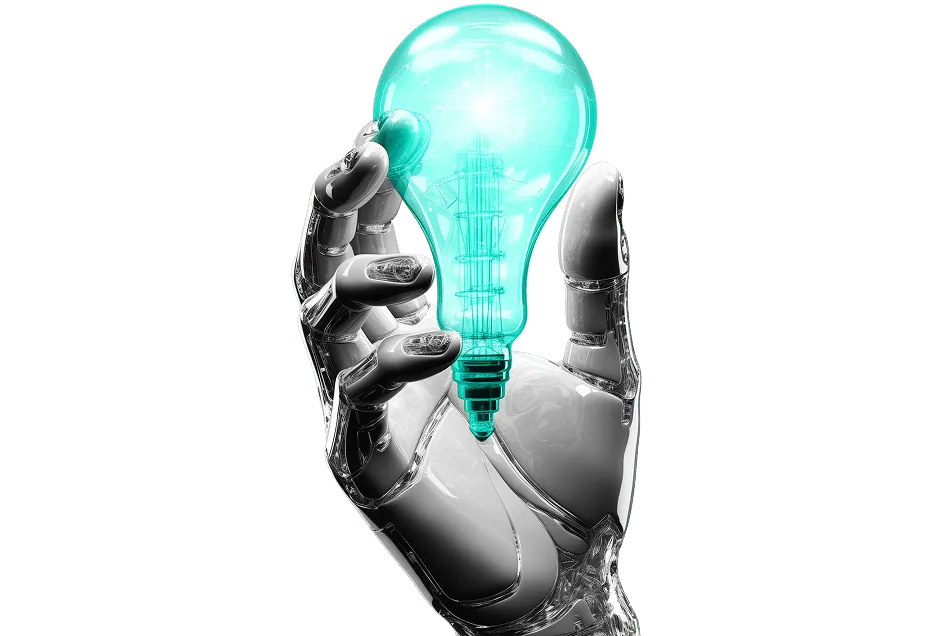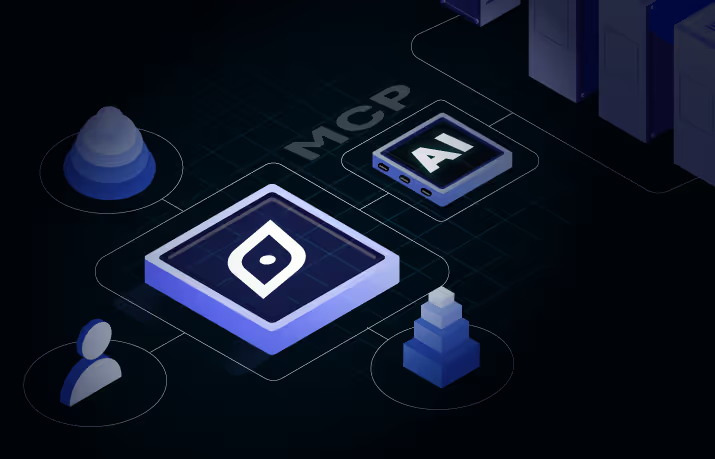Discover the Future of Enterprise Talent Strategy with AI Talent Intelligence Platforms
More than 50% of talent acquisition professionals surveyed revealed that they find their work more stressful compared to a year ago.
This can be effectively mitigated by incorporating frameworks that use global talent landscape data and AI models to drive accurate insights and talent strategies – leading to more agile talent acquisition workflows.
This global data, combined with smart AI-powered models, enables talent acquisition teams to move beyond analogy-based decision-making frameworks. Instead, they can make accurate decisions based on data and a first-principles approach.
Let us explore how AI Talent Intelligence platforms enable talent acquisition teams to fulfill short-term recruitment goals. Additionally, these platforms help teams dynamically adapt to long-term talent acquisition and management strategies, ensuring a future-ready and competitive workforce.
Short-Term Benefits of AI Talent Intelligence Platforms

The short-term benefits of AI-powered Talent Intelligence platforms stem from the analysis of vast datasets and identification of highly relevant patterns – real fast.
An AI-powered talent intelligence platform analyzes data across multiple points. This analysis provides valuable insights, including location analysis, talent distribution, peer benchmarking, and diversity metrics.
Talent acquisition teams can use insights from AI-powered talent intelligence platforms to refine and expedite recruitment processes. This, in turn, enhances organizational competitiveness:
- Finding niche talent for emerging roles: Talent acquisition teams can use AI Talent Intelligence platforms to identify suitable candidates for emerging or technically complex roles. This is achieved through an analysis of actual workloads, compensation data, and geography-wise talent distribution.
- Geo-targeted recruitment: AI-powered talent intelligence platforms provide granular updated data on location-wise talent distribution, talent volume growth trends, talent affordability, trends around career movement, actual workload analysis of the potential candidates, and more. Such instant insights from AI powered talent intelligence platforms enable recruitment of suitable candidates from target geographies at scale, real fast.
- Peek into peer strategies and positioning: AI-driven insights on talent strategy of industry peers enables talent acquisition teams gauge the competitive scenario better and optimize/fine tune their talent strategy and execution plans – to ensure a competitive edge through analytics-driven decisions. With instant visibility into the hiring strategies and trends of the peers, talent acquisition teams can adjust their own strategies to differentiate themselves to attract top talent.
- Understand industry benchmark: Benchmarking against industry standards helps talent acquisition teams maintain competitive recruitment practices. AI Talent Intelligence platforms provide industry analytics on metrics like salary median, popular benefits, and other compensation components.
Long-term benefits of AI-powered talent intelligence platforms

AI-powered Talent Intelligence platforms provide real-time insights that enable talent acquisition teams to anticipate and adapt to future workforce requirements. As a result, these teams can build a robust, future-ready workforce capable of handling both current and future business challenges.
1.Anticipating redundant roles and foreseeing future skillsets:
AI Talent Intelligence platforms identify roles that are likely to become obsolete due to technological advancements and shifting business needs.
It is crucial for talent acquisition teams to plan transitions, minimize disruptions, and avoid a bottom-heavy workforce structure filled with outdated skills.
AI-powered talent intelligence platforms consider current and future industry trends, technological advancements, and market dynamics. This allows them to provide insights into emerging skills that organizations will need to stay competitive.
Talent acquisition teams can use this insight to strategically plan their talent acquisition and development efforts.
Draup conducted a comprehensive analysis of skills that will be critical and relevant in 2030. The above infographic must give you an idea of the emerging and futuristic skills.
Job roles such as Software Development Engineers, Software Test Engineers, and Systems Engineers will transition into Generative AI Developers and other in-demand, critical roles.
Furthermore, individuals with critical skills can transition into Generative AI roles such as Generative AI Architect, AI Bias Expert, or Language Modeling Engineer. This allows them to stay current and relevant in the rapidly evolving tech landscape.
2. Aligning strategically with real-time insights:
AI-powered Talent Intelligence platforms enable talent acquisition teams to adopt a model that leverages real-time market insights. This approach allows organizations to align market trends with their business objectives.
AI talent intelligence platforms offer valuable insights based on role, location, and skill level combinations. Talent acquisition teams can select the preferred role, location, and skills, and access analytics on talent supply and demand, skill-based talent counts, and cost parameters.
Additionally, the platform’s dashboard aids in understanding roles and responsibilities. It also helps users navigate the higher-level job taxonomy to identify alternative recruitment roles.
3. Balancing reskilling with external hiring:
The understanding of future skill requirements enables talent acquisition teams to reskill employees and tailor their recruitment processes to attract candidates with the required skills.
With AI-powered Talent Intelligence platforms, talent acquisition teams can determine the proportion of the workforce that needs reskilling. Additionally, they can identify the gaps that must be filled through external hiring.
This approach ensures a continuous alignment of workforce capabilities with business objectives, fostering innovation and staying competitive in the market.
AI for strategic talent management: A case study
A global telecom leader, with a total workforce of 80,000+, worked with Draup’s AI Talent Intelligence platform due to:
- Poor visibility into the talent market, hindering their ability to make recruitment, retention, and development decisions.
- Lack of insights to compete for emerging skills.
- Inadequate actionable insights on the global distribution of specific skills.
With Draup’s insights into skill trends, peer activities, and talent acquisition and retention strategies, they were able to navigate the complexities of the global talent market more effectively due to the following benefits:
- A better perception of the talent market for better talent acquisition decisions.
- Understanding of the talent distribution and strategic skills areas to compete for critical emerging skills.
- Insight into skill importance, availability, and competitive positioning relative to other major telecom players.
Draup helps companies like Pepsico, Randstad, Vodafone, Paypal, Pfizer, and Intuit understand trends and plan early. It also factors in futuristic roles to drive innovation and growth.










.svg)
















.svg)





.svg)





.svg)
